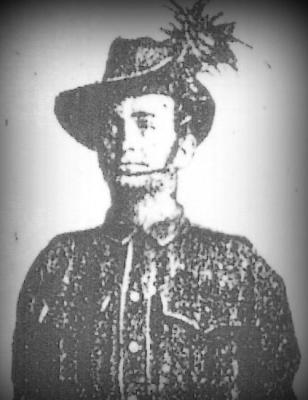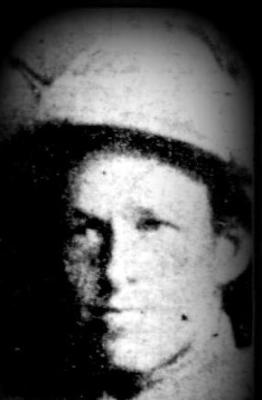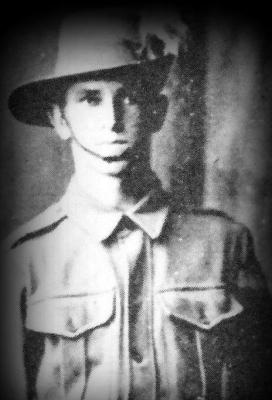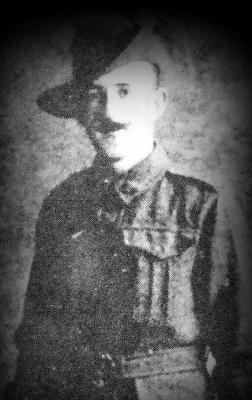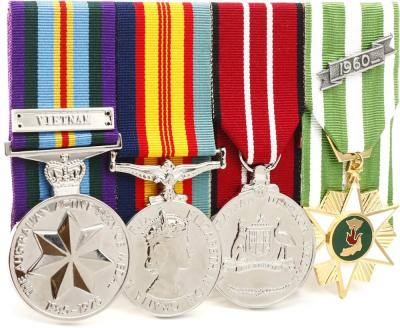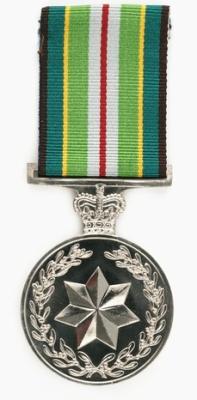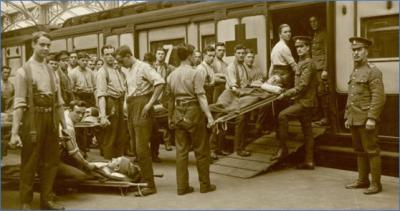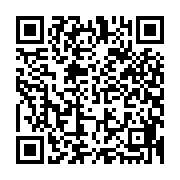World War 1, Australia, Western Australia, 206 HART, 10 Light Horse
Image of 206 Trooper Thomas Charles Hart from Pingaring, A Squadron, enlisted 6 October 1914, died of wounds on 25 September 1915 from wounds received at Hill 60
10 Light Horse was raised as a squadron, then a regiment in October 1914.and formed part of the 3rd Light Horse Brigade in Egypt. The Regiment served dismounted in Gallipoli and fought at the charge at the Nek on 7 August 1915, and at Hill 60 on 29-30 August. The only Victoria Cross awarded to a Light Horseman recognised the valour of Lieutenant Hugo Throssell at Hill 60.
After Gallipoli the Regiment was bought up to strength to defended Egypt from the Ottoman Army advancing on the Suez Canal. Through 1916 they drove the Turks across the deserts of Sinai, participating in the battles of Romani and Magdhaba.
In 1917 as part of the Desert Column they advanced into Palestine and participated in the bloody battles to break the Gaza-Beersheba line and helped capture Jerusalem. They participated in the Es Salt Raid in May 1918. In August they were equipped with swords and retrained as cavalry. In this role they took part in the rout of the Ottoman army in the Jordan Valley, a campaign the light horse referred to as "The Great Ride". In September the 10th was the first formed regiment to enter Damascus.
Turkey surrendered on 30 October 1918. After the end of the war, the regiment saw action in putting down the Egyptian uprising of 1919. The Regiment was one of the few to return home as a formed unit.
Details
Details
The fighting for Hill 60 (a low rise in the foothills on the north-western end of ANZAC) together with supporting offensive against the W Hills represented the last major Allied offensive operation on the Peninsula. Conceived as an attempt to consolidate the narrow strip of foreshore connecting British forces at Suvla and established positions at ANZAC. The first unsuccessful attempt to seize Hill 60 on 21 August was hastily planned and poorly arranged; a further attack on 27 August was the prelude for 3 days of intense fighting during which objectives were taken, lost and retaken. British, New Zealand and Australian units (18th Battalion, 9th and 10th Light Horse and composite group from Monash's 4th Brigade) failed to secure the crest, and the costly attacks were called off on 29 August as a tenuous junction had been attained with the Suvla forces.
This photograph is part of the extensive Phil Sullivan 10th Light Horse Collection donated to the Army Museum in November 2023.
Open in Google Maps
Nearest geotagged records:
Australian Army Museum of Western Australia
Australian Army Museum of Western Australia
Other items from Australian Army Museum of Western Australia
- World War 1, Australia, Western Australia, 204 TREASURE, 10 Light Horse
- World War 1, Australia, Western Australia, 202 KEAY, 10 Light Horse
- World War 1, Australia, Western Australia, 197 KENNEDY, 10 Light Horse
- World War 1, Australia, Western Australia, 196 PRENTICE, 10 Light Horse
- World War 1, Australia, Western Australia, 195 CLAYTON, 10 Light Horse
- Medical Evacuation Chain - World War 1 - Barge Transports
- World War 1, Australia, Western Australia, 267A FRANKLYN, 10 Light Horse
- World War 1, Australia, Western Australia, 269 GARDINER, 10 Light Horse
- Vietnam War Medal Group
- Australian Active Service Medal 1945-1975
- Australian Active Service Medal
- Medical Evacuation Chain - World War 1 - Ambulance Train
